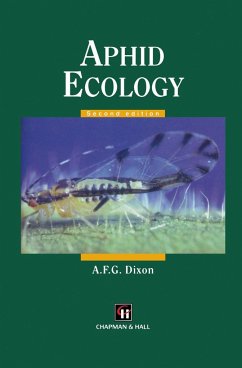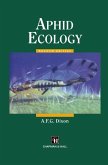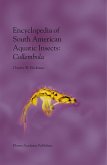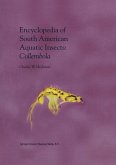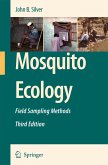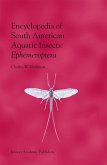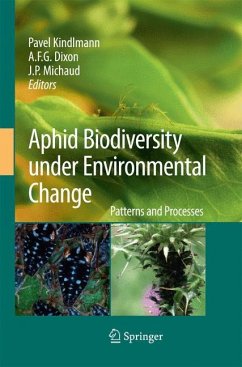Aphids are the most important of the sap sucking insects, they are also major pests of agriculture, horticulture and forestry. This book covers the evolution of aphids and their development in relation to specific plants. Optimization is used to explain how modes of feeding and reproduction have affected their size and population structure and led to a very close and specific association with their host plants.
Increasing knowledge of aphids has revealed that they are ideal organisms to use when studying many topical ecological issues. They are particularly important for testing predictions of life history theory, as their clonal structure makes it possible to test the response of a genotype to a wide range of conditions.
Aphid Ecology has been thoroughly revised and expanded since the first highly successful edition was published in 1985. This book is aimed at specialists, post graduates and advanced undergraduates working in the fields of ecology and entomology.
Hinweis: Dieser Artikel kann nur an eine deutsche Lieferadresse ausgeliefert werden.
Increasing knowledge of aphids has revealed that they are ideal organisms to use when studying many topical ecological issues. They are particularly important for testing predictions of life history theory, as their clonal structure makes it possible to test the response of a genotype to a wide range of conditions.
Aphid Ecology has been thoroughly revised and expanded since the first highly successful edition was published in 1985. This book is aimed at specialists, post graduates and advanced undergraduates working in the fields of ecology and entomology.
Hinweis: Dieser Artikel kann nur an eine deutsche Lieferadresse ausgeliefert werden.

